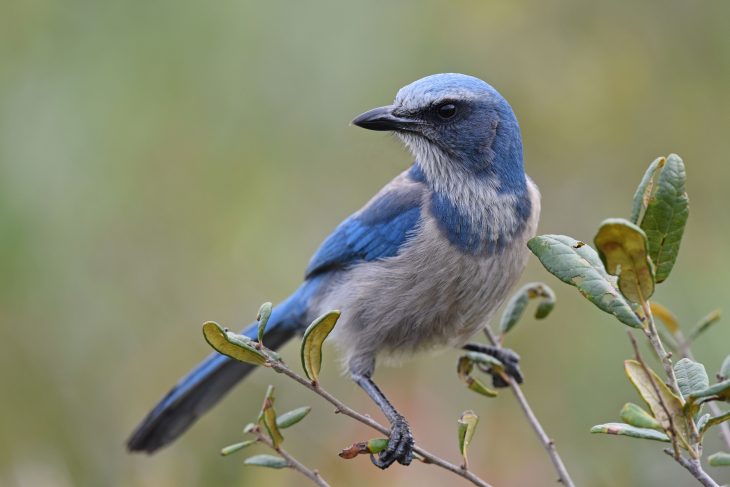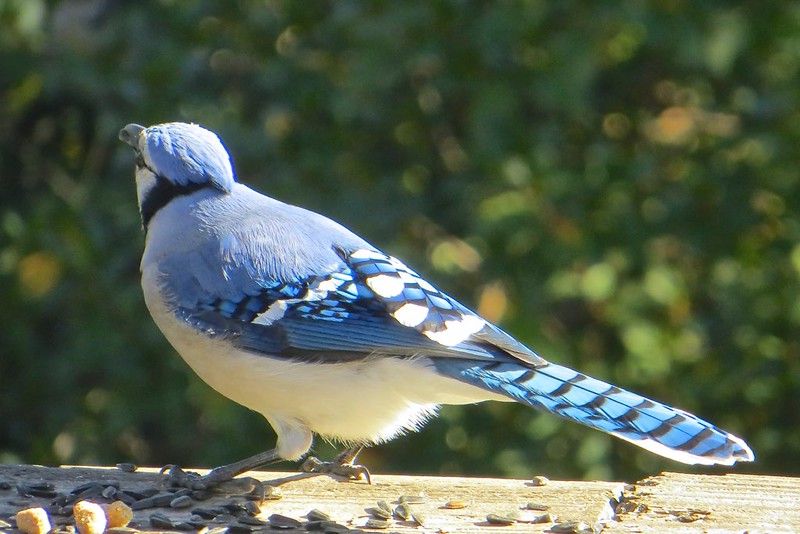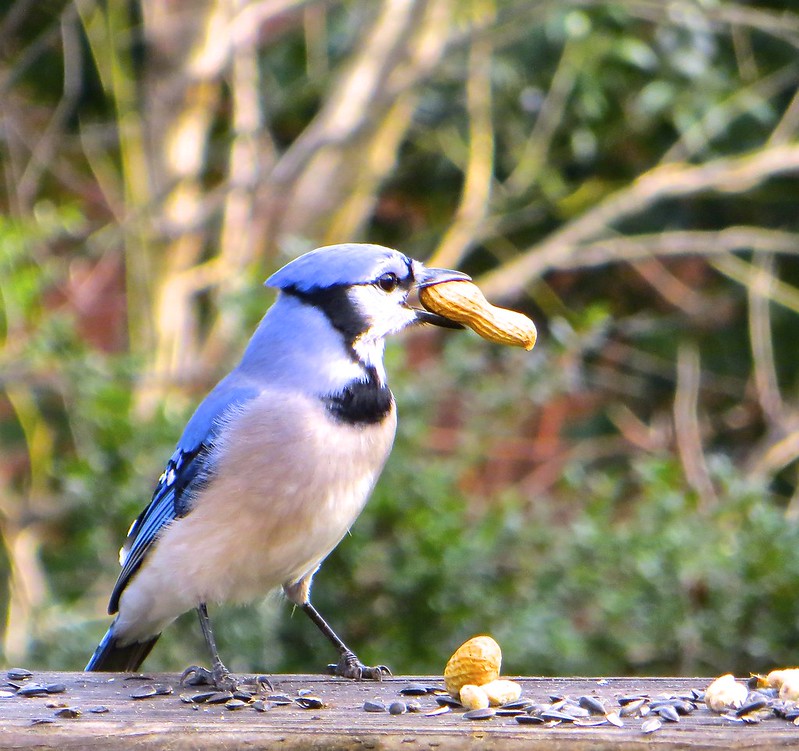
Blue Jays are captivating and charismatic birds that grace our forests and backyards with their vibrant plumage and spirited personality. Known for its striking blue feathers and distinctive calls, the blue jay holds a special place in the hearts of bird enthusiasts and nature lovers. In this comprehensive article, we will delve into the fascinating world of blue jays, uncovering their unique characteristics, behavior, habitat, and more. Get ready to soar through the skies of knowledge as we explore the captivating world of blue jays.
A Closer Look
The blue jay (Cyanocitta cristata) is a medium-sized bird with a stunning combination of blue, black, and white feathers. Its vibrant blue plumage is the most striking feature, often contrasting with the white face and black markings on its wings and tail.
The Colorful Crest
One of the blue jay’s distinguishing features is its prominent crest, which can be raised or lowered depending on its mood. The crest adds an extra touch of elegance to this already charismatic bird.
Woodlands and Urban Environments
Blue jays are adaptable birds and can be found in a variety of habitats, including deciduous forests, parks, gardens, and suburban areas. Their adaptability allows them to thrive in both natural and human-altered landscapes.
Geographical Distribution
Blue jays are native to North America and can be found throughout the eastern and central regions of the continent. Their range extends from southern Canada down to Florida and as far west as Texas and the Great Plains.

Territorial Nature
Blue jays are known for their territorial behavior, defending their nesting territories vigorously. They often create their nests in trees or shrubs, constructing sturdy cup-shaped structures using twigs, grass, and other materials.
Vocal Virtuosos
Blue jays are known for their wide repertoire of calls and vocalizations. They have a distinctive, harsh “jay” call that is often used to communicate with other members of their group and to warn of potential predators.
Omnivorous Appetite
Blue jays have a diverse diet, consuming a combination of plant matter, insects, small vertebrates, and even bird eggs. They are known to cache food, hiding it for later consumption, which helps them survive during lean periods.
Acorn Enthusiasts
Blue jays play an important role in the ecosystem as seed dispersers. They have a particular fondness for acorns and are known to cache these nuts for later consumption. Their caching behavior helps with seed dispersal and contributes to forest regeneration.
Backyard Visitors
Blue jays are frequent visitors to bird feeders, delighting bird enthusiasts with their presence and vibrant colors. Providing them with food sources such as nuts, seeds, and suet can attract them to your backyard, allowing for close observation and enjoyment.
Clever Mimics
Blue jays are skilled mimics. They can imitate various sounds, including other bird calls, animal vocalizations, and even human sounds. This ability adds to their charismatic and entertaining nature.
Social Interactions
Blue jays are social birds and form small family groups or flocks. They communicate using a range of calls, including alarm calls to warn others of potential dangers. Their loud and distinctive “jay” call is one of the most recognizable bird sounds in North America.
Curious and Intelligent
Blue jays are known for their inquisitive nature and intelligence. They have been observed engaging in problem-solving behaviors and displaying a high level of cognitive abilities. Their cleverness adds to their charm and intrigue.

Abundant Population
Blue jays are considered a species of least concern, as they have a widespread and stable population across their range. Their adaptability to human-altered landscapes contributes to their survival and abundance.
Preserving Natural Spaces
Protecting and conserving forests and woodlands is crucial for the long-term survival of blue jays and other wildlife. Conserving their natural habitat ensures they have sufficient food sources, nesting sites, and suitable environments to thrive.
Reducing Pesticide Use
Minimizing the use of pesticides in gardens and landscapes helps create a healthier environment for Blue Jays and other bird species. Pesticides can have detrimental effects on their food sources and overall well-being.
Conclusion
Blue jays are birds that captivate with their vibrant plumages, spirited calls, and intelligent behavior. Its adaptability allows it to thrive in various habitats, including woodlands and urban environments. By understanding the unique characteristics and behaviors of blue jays, we can better appreciate and protect these remarkable birds. So next time you spot a blue jay in your backyard or while exploring nature, take a moment to admire its beauty and cherish the presence of this charismatic feathered friend.
Frequently Asked Questions (FAQs)
What do blue jays eat?
Blue Jays have an omnivorous diet that includes nuts, seeds, insects, fruits, and occasionally small vertebrates such as mice and eggs. They are also known to visit bird feeders for supplemental food.
Do blue jays migrate?
While some blue jays may migrate, not all populations undertake long-distance migrations. Migration patterns can vary depending on geographic location and food availability.
Are blue jays aggressive towards other birds?
Blue Jays can display territorial behavior and may be aggressive toward other bird species, especially when defending their nesting sites or food sources. However, they also exhibit social behavior and form cooperative groups.
How long do blue jays live?
Blue Jays have an average lifespan of about 7 to 8 years in the wild. However, with favorable conditions and protection from predators, they can live up to 15 years or more.
Are blue jays intelligent?
Yes, Blue Jays are considered intelligent birds. They have been observed displaying problem-solving skills, using tools, and exhibiting complex behaviors. Their cognitive abilities contribute to their adaptability and survival in various environments.
Was this page helpful?
Our commitment to delivering trustworthy and engaging content is at the heart of what we do. Each fact on our site is contributed by real users like you, bringing a wealth of diverse insights and information. To ensure the highest standards of accuracy and reliability, our dedicated editors meticulously review each submission. This process guarantees that the facts we share are not only fascinating but also credible. Trust in our commitment to quality and authenticity as you explore and learn with us.
